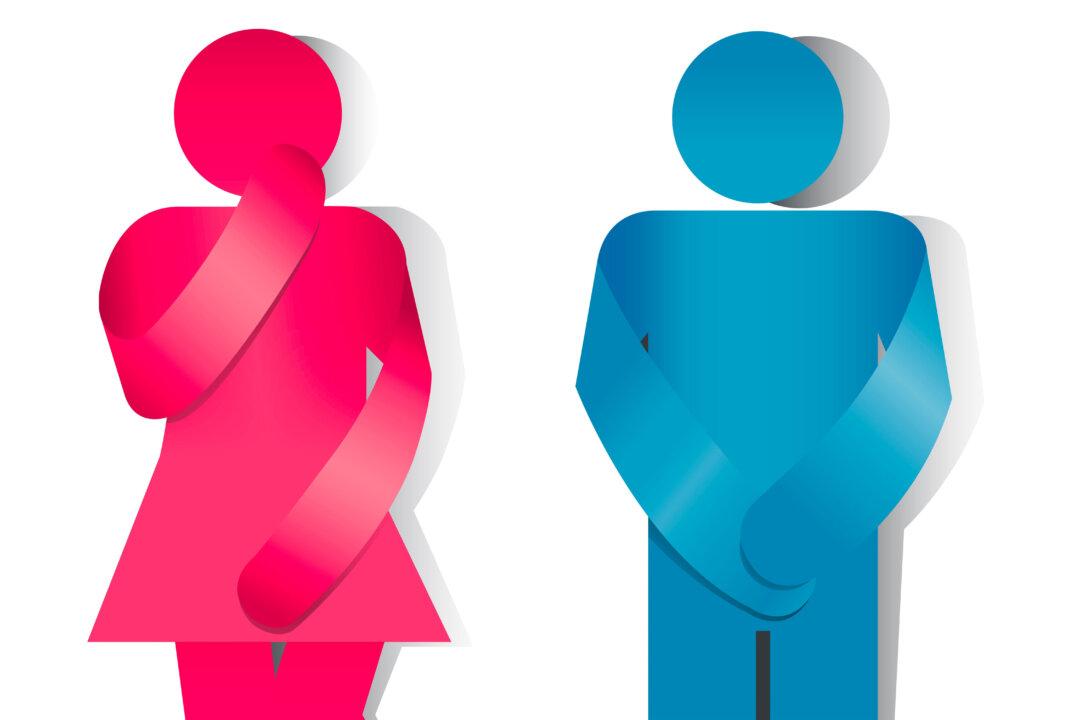The American Academy of Pediatrics (AAP) recently released a set of guidelines urging parents and others responsible for children’s health to beware of the chemicals in many common foods and food packaging.
This warning includes scientific evidence showing that specific chemicals in foods and food containers hurt a child’s development.





